Over the years I’ve watched a familiar pattern play out time and again. I’ve witnessed it in the field watching other photographers, in my workshops, and with my online interactions. Photographers frequently give up a great shot because they already have a good shot.
Here’s what happens.
Often when a photographer encounters a wildlife subject and secures a properly exposed image with a nice sharp eye, it’s enough to satisfy them. They have what amounts to a fair representation of what they were shooting that looks “good” upon a quick review of the back LCD.
So, they check that animal (or location, etc.) off the list and start searching for a new target. The problem is, while that strategy is sometimes effective at sending a wide variety of “nice” images to your memory cards, it’s seldom effective at putting great ones there.
While I occasionally grab what I consider a “great” shot with minimal effort, the majority of my best images come from planning, effort, and field time. Over the years I’ve found the best tools for mining photographic gold are patience and persistence. To accomplish this, I take a multi-pronged approach.
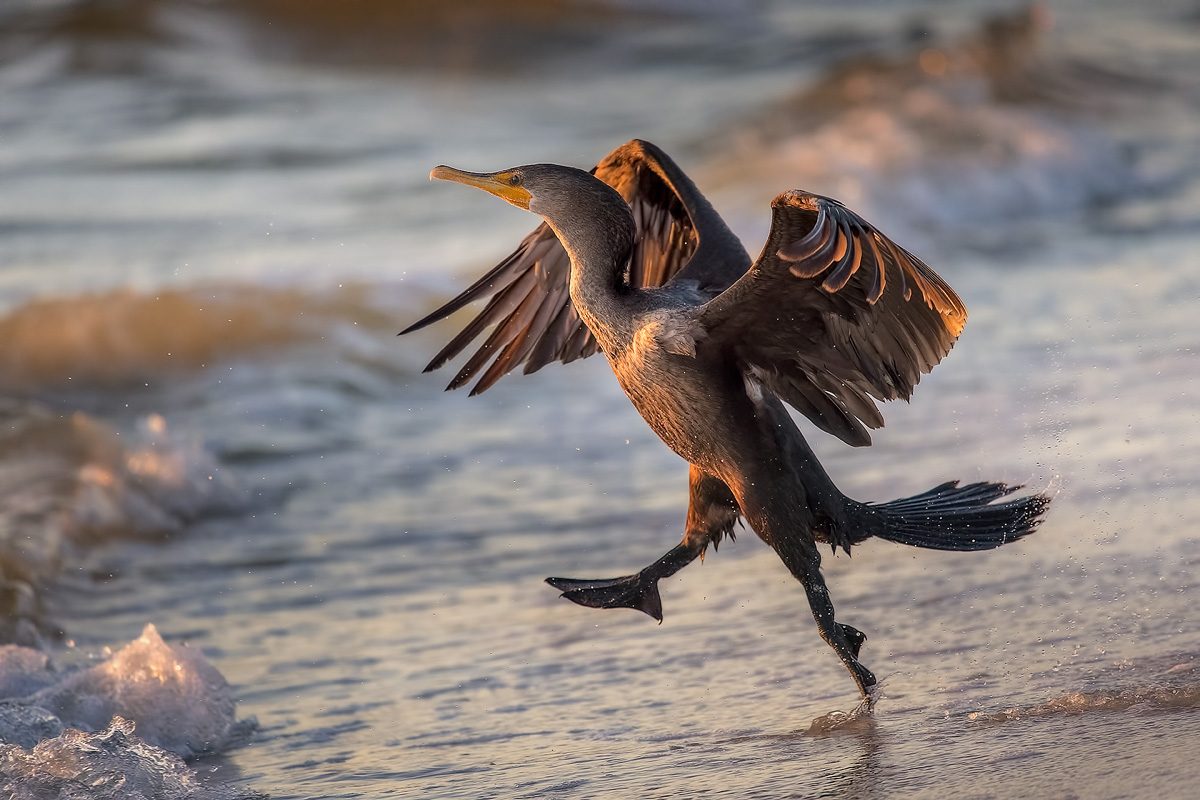
Before we get into my approach though, I want to mention that this advice isn’t for everyone. When I’m out shooting, my goal is to capture what I think of as “portfolio quality photographs.” Even when I’m in a brand new place, I’ll often pass on images of a new species because I don’t like the shot – however, that usually puts me in the minority. I realize we all have different goals so the advice in this article may not apply to everyone. And that’s totally fine. I’m just sharing my thoughts and approach for securing more rarified photos.
1. Don’t Abandon A Great Opportunity With A Great Subject
The first step is taking full advantage of a good opportunity with a willing subject. Whenever I encounter an interesting target in great conditions, I’ll do my best to hang out with it as long as possible. Sure, I may get a “good” shot upon arrival or shortly thereafter, but I don’t pack up upon capturing it.
Instead of chalking it up to another nice catch and racing off, I stick around, watching my subject and preparing myself for whatever it may do next. I’ll also take this time to consider potential upgrades to background, angle, lighting etc. – basically “working” the shot (without harassing the animal, of course). Sometimes nothing better materializes, so I simply end up spending time with an interesting critter; other times I nab an unforgettable image. (And, of course, frequently the subject decides the photo shoot is over and wanders or flies off!)

In fact, let’s take a stroll down memory lane and I’ll take you back to one particularly interesting morning in the Smokies where I happened upon a black bear. (You can tell by the D4 used for this image that it’s an older story, but it illustrates my point well.)
I found this momma bear hanging out under a tree one morning with her cubs resting safely above. There wasn’t much action with the cubs snoozing so I spent most of the time studying how bears sleep (it’s right up there with studying how paint dries). Occasionally, mom would stir a little and pop her head up for a quick moment. Predictably, this initiated a flurry of shutters from any photographers in the vicinity.
For most of the shooters, that was sufficient. They’d capture their mediocre shot of her, half-asleep, looking around, and then shortly thereafter decide the show was over.
However, one thought kept going through my head: “If you hang around a bear long enough, something cool will happen.”
So, I hung around for nearly three hours and was rewarded when she woke up and put on a show! The image below is just one of the adorable poses from that morning (and I’ve sold it multiple times). When it happened, those of us in attendance weren’t sure if we were supposed to drop a buck in a tip jar somewhere – the performance was that good!
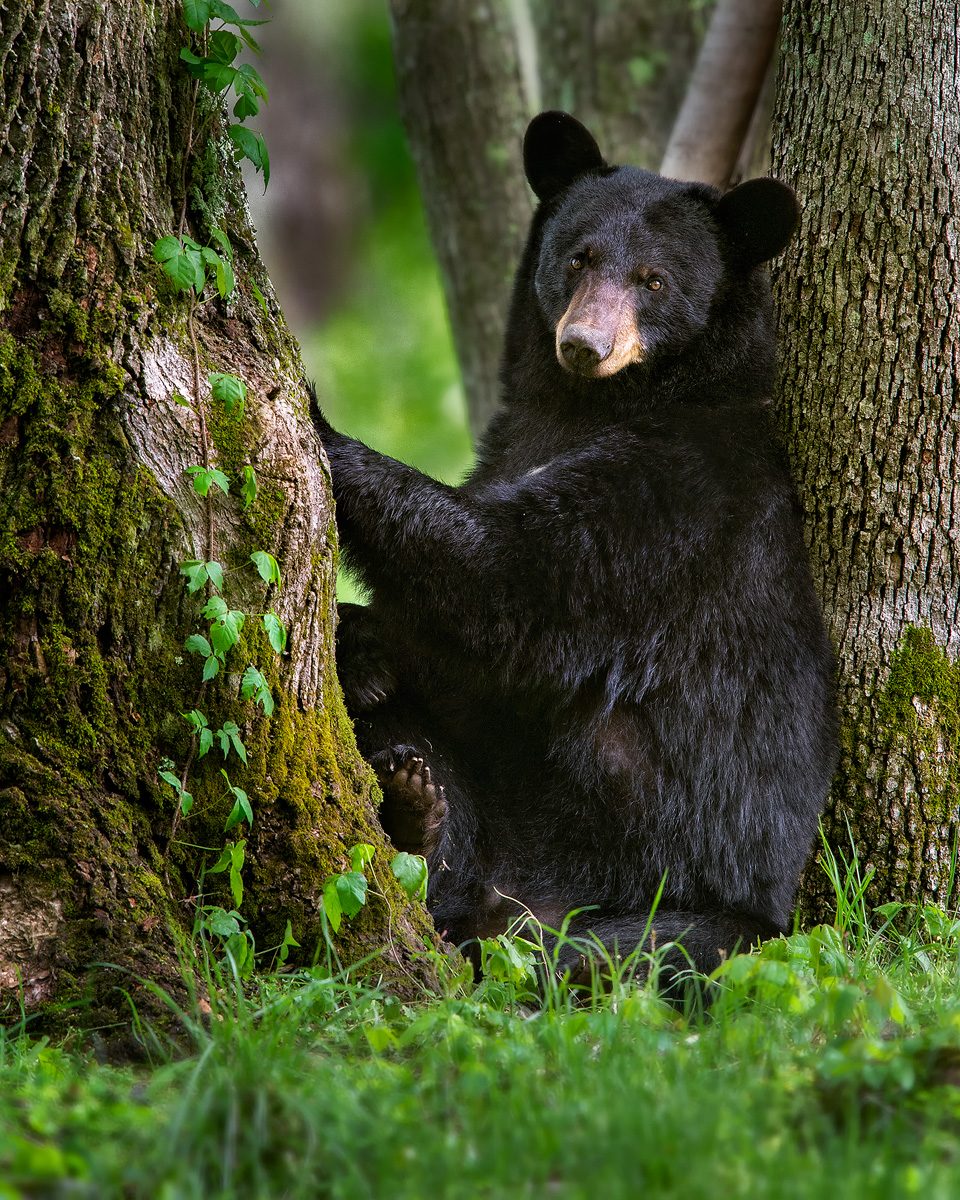
However, I never would have secured the shot had I not hung around. I would have had a “nice” shot, but nothing even approaching “special” status.
Hint: Just because you hang around for hours doesn’t mean that any special opportunities that arise will last for more than a second or two – always be at the ready to grab the shot you’ve been waiting for!
Too often, I watch photographers grab a “nice” shot during a good (or even rare) opportunity only to walk away when things slow down. It’s unfortunate since so many times the pause in the animal’s performance is merely an intermission. The second (or third, or fourth) act frequently brings additional opportunities for an image even more compelling than those already on the card.
However, this doesn’t necessarily mean that you should stick it out if the opportunity is lackluster, of poor quality, or if whatever was making it special (light, background, pose, etc.) is over.
For example, if I’m hiking through my local park and spot a deer in some tangled brush, I’ll keep going. The opportunity is neither rare nor special and there’s probably another deer around the corner. So, while it can pay to stick with a subject, there’s a fine line between recognizing a true opportunity for something special and wasting time lingering around. However, when in doubt, stick it out. It often pays photographic dividends.
Go Back To Great Spots Repeatedly
The second part of my approach is if I find a promising subject in a good location, I go back to that area repeatedly and see if I can improve on what I have.
Take these macaws from Costa Rica earlier this year. We discovered a palm fruit tree they were infatuated with and, although it was a 40KM ride down a road that respects vehicles roughly the same way a dog respects fire hydrants, we kept going back.

What made the opportunity so good was that the birds would stop by several times a day to feed and it was at a location that was photo-friendly as well. The birds would follow a predictable pattern that took them from a nearby roosting tree to the palm tree and back. As long as the palm fruit held out (usually good for a few days), opportunities for flying macaws abounded.
Although I could have just shot that location one time and called it “done,” I’m glad I didn’t. Although the first visit netted plenty of keepers, the second time (and time of day) was far better. For round two they picked a different roosting tree than the first time, allowing me to capture hundreds of backlit macaw photos as they came towards the camera! Talk about a rare opportunity!

The lesson here is that although I did capture some really great shots the first day, there were better things to come, even though I had no idea what those opportunities would look like.
In fact, the macaw shots from the first day made a pretty convincing argument that I really had captured all that opportunity had to offer. The problem is, you never know for sure. By taking a chance and hitting a promising location again, I was able to secure far better images than I ever expected. I think that’s the real takeaway here. Skipping subsequent visits because I had already “done” macaws would have been a huge mistake!
You can see why good photos really are the enemy of great ones!
Don’t Skip Subjects You’ve Already Photographed
The third part of my approach is to never pass on a good opportunity – even if it’s with a subject I’ve extensively photographed.
Too often, especially when traveling, photographers are more concerned with checking species off their list than securing great shots. If they’ve already “done” a particular species, then they aren’t interested in them anymore.
That’s a pity. The way I look at it, unless you have the world’s greatest photograph of a given animal (you don’t) then there’s always a better image to capture. In those cases where you do have a solid photo of a specific species, it’s critical to accurately evaluate the current opportunity and decide if there’s potential for a better shot than you currently have in your portfolio. In some cases, that’ll be a resounding no, but other times there are avenues you can pursue.
For example, I was recently in Botswana and, once again, found myself looking at hippos in the viewfinder. I have a lot of hippo photos – tons of them if you’ll pardon the pun. However, that doesn’t mean that I should pass them by if there’s a promising opportunity.
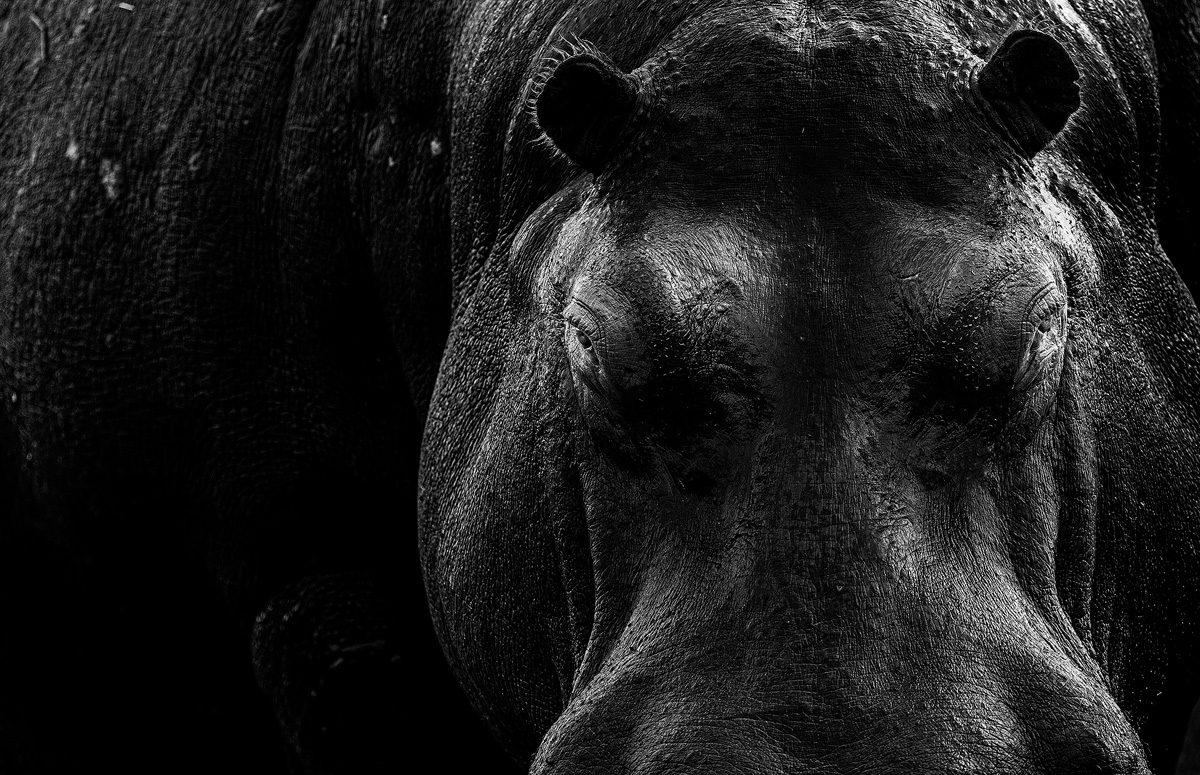
Whenever I run into a situation that can improve on what I already have in my files – or that has the potential to develop into that type of scenario – then I’ll stick around and give it a go. It doesn’t matter how many hippo photos (or elk, deer, owl, etc.) I have – if I think there’s even the slightest chance I can snag a better photo, I’ll go for it.
This approach is especially true for the more ordinary subjects we encounter. Too often, people dismiss common subjects as not “good enough” to bother with. Still, the truth is, the mark of a skilled photographer is the ability to recognize when even the most common of subjects can be wrangled into a great image.
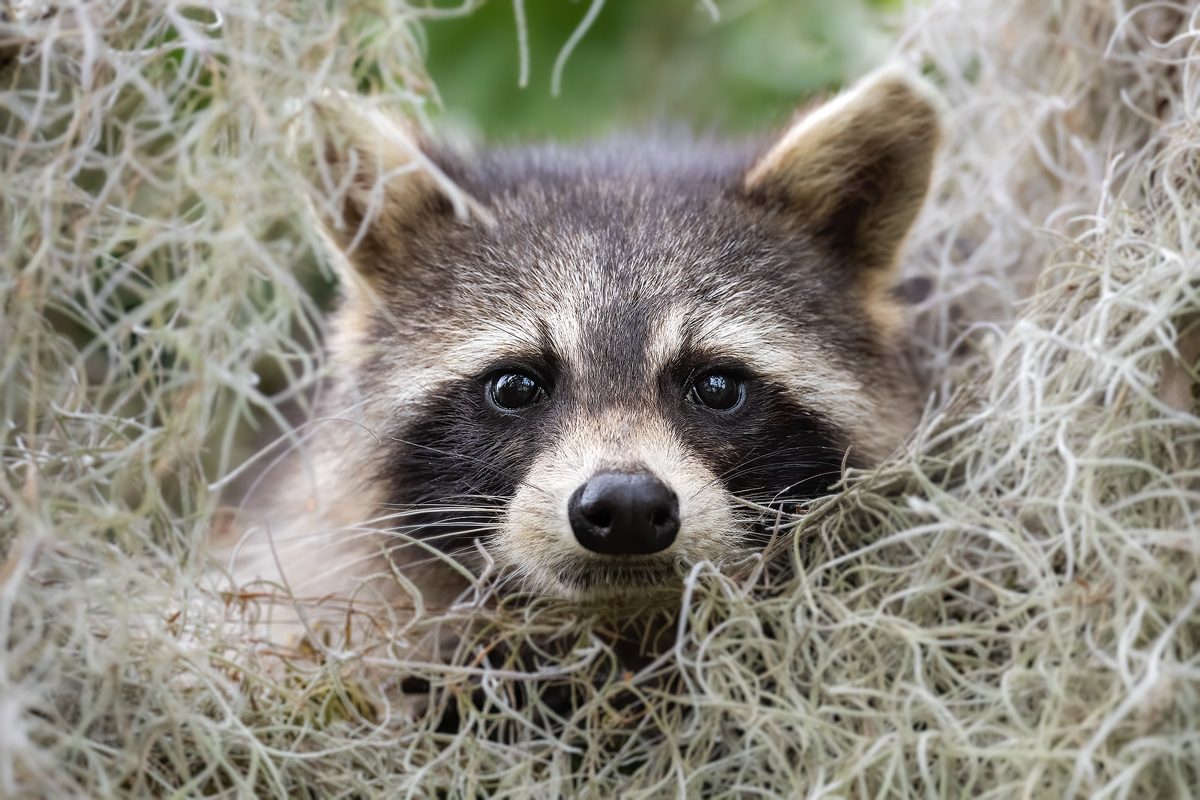
In fact, I like to say that the more common the subject, the greater the requirement for an extraordinary image of that subject. In short, it takes a serious skill set to really drop jaws when a common subject is in the viewfinder and I’m always impressed when a photographer can pull it off. Despite the challenge, I think it’s worth the effort when you find those subjects in interesting locations or doing exciting things.
At any rate, the bottom line here is pretty simple: If you want to get better shots, spend more time with your subjects. Even if you already have loads of their likeness in your files, always look for a better opportunity. Don’t let your good photos ruin your chances for great photos.
PS – If you enjoyed this post, I think you’ll REALLY like my e-books and video workshops! Thousands of pages and hours of videos filled with tips, tricks, and techniques – all my best content! Check ’em out – click here (hey, it’s free to look).



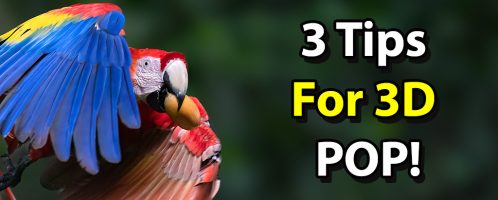
Ecellent points Steve! Everything you say coincides with my experience!
Great shots mostly do not come by chance. First you have to master your equipment, you must know its potential. Second you have to study the behaviour of the animals you want to photograph, knowing your subject is absolutely imperative! And then: Patience, persistence, tenacy, and last but not least: A self-critical attitude towards your work!
You make excellent points. I find that I am not very patient and instead of waiting for my subject I start taking shots of other things/critters. What often happens is I miss the shot I came for! Patience is a virtue I need to work on!
I don’t have the ability to walk into different situations due to physical limitations. That being said, I live next to an inlet to a river. If I decided I took all the pictures of what was available there…I’d miss some great shots. Even if the pickings are slim, there are always seagulls. I use them for tracking and practice of other skills. Plus, they’re used to being around people, so they let you get real close. It also gives me a chance to watch behavior of the wildlife that is there. Knowing their habits will give me an idea… Read more »
Totally agree, We were in Yellowstone last week and had a black bear and cub in a den, Mary Ann and I shot some images with her head at the entrance and waited another 3 hours to see if they would come out, which they didn’t after visiting with another photographer the next day she came out 2 hours after we left and he got the shots that we missed!!!
Couldn’t agree with you more. My wife is impatient and two situations that I remind her of that ultimately enabled a photo always come to mind. One in the painted Desert/Petrified Forest when the sun wes well hidden by clouds and I insisted we wait because I could see a change in the cloud cover – it did and beautiful golden hour sunlight came through the clouds along with “Gog Rays”. Second was in Idaho while waiting for Moose to appear- she wanted to move on but I told her to watch what appeared to be a path leading to… Read more »
I have discovered a secret marsh that I go to quite regularly. I have been photographing the beavers there off and on for four months but I like the opportunities now with the leaves off the trees and the lighting not as harsh as in the summer. Because of the favourable conditions I find myself going back daily to get the special beaver photo. I have hundreds of great ones, more good ones but keep going back looking for better. Last night it happened. Several outstanding photos with the right lighting, without vegetation covering an important body part, full tail… Read more »
I couldn’t agree with you more. Thanks for a great post.
Your points are valid but not all of us are able to return to the same far away spots repeated times over years. However we are able to apply these principles if we live within driving distance from areas where there is wildlife though our selection would be limited by the animals of the area, pet parks are interesting locations. it would then be a matter of making time.
As I mentioned at the beginning of the article, not for everyone 🙂
I agree Federico! I have been visiting a small isolated forested area for birds every morning for the past 3-4 months now. The accessibility does help but the points Steve mentions about capturing same subjects in different composition is worthwhile. The first time I caught a fast flying Oriental white-eye bird I was over the moon. But as my skills got better and by getting familiar with the place, I was able to shoot it in different lights such as backlit, spotlight through the trees and many others . And not to mention varying bokeh of green and yellow backgrounds.… Read more »
I do appreciate that you make clear “this article may not apply to everyone”. There’s actually a critical issue here. Time. Unless you have plenty of it, there’s alway a trade off: will you stick around the same subject for (hopefully!) that “special shot” or will you move on to the next (maybe not so memorable) opportunity? The “great shot” could be around the corner while you stick with the old subject…
No doubt, and I frequently run into this with my workshops. For photo tours, most people are trying to collect a nice selection of images from the area as they have none when they arrive. So, for them, a variety of good shots is more important than spending the week working just one or two subjects.
Steve, Great article as always.
How did you get the dark background of the macaw with backlighting? What was the angle of light coming from?
The light was sort of above and behind. The background is the rainforest and it was in complete shadow. It was pretty automatic once I was in a good spot 🙂
Thanks. The angle, the lighting, the moment, the composition,…. That’s the difference between a great shot and a good shot.
Thank you so much!
Thanks Steve – great article and reminder that I should pay more attention to spending more time with photo ops right in my own yard. The local white-tailed deer herd here is almost tame. That presents a lot of neglected photo ops.
Over the years I’ve taken many photos of them but have neglected to really work at getting great images. I get somewhat frustrated when venturing into our local parks, refuges, etc trying for something different/better etc. The wildlife photo opportunities there have just never been rewarding. Thanks again.
Sadly though, in some cases, the opportunity in a given location is simply poor. For instance, I was shooting birds in FL one time by a dock with a bridge in the background. While the action was good, the bridge killed pretty much all the images and I didn’t stay long. It’s one thing when there’s potential, but if the location or situation just isn’t good, your time is often better spent elsewhere.
Trying to determine “potential” has its own pitfalls. One of our local county parks gets high marks on the eBird app for varieties of resident and migrating birds. eBird gets its input primarily from birders and not wildlife photogs I assume. On the surface the app seems useful to gauge potential for bird photography. But I’ve been to the park numerous times and have had only a very few bird photo ops. I went with a local Audubon society group once on one of their field trips to another local bird hot spot area. I didn’t take a camera but… Read more »
For sure, there is always an element of chance involved when determining if a location is good or if you should stay with an animal. Experience can help, but nothing is perfect.
Also, you’re 100% right about “hotspots”. Often they aren’t for photographers. I too have been drawn in my reputations and apps, and such only to discover that while the animals were there, they weren’t anywhere near being a good subject.
Excellent! Thanks for posting. It explains a lot about images I see of yours. There is always something just a little bit “extra” about them. This article pretty much explains it.
Thanks! That’s what I try for – don’t; always get it, but I try 🙂
Your absolutely right. I have slowed down on a few specific birds I like to shoot, because I have many good shots. I know understand I need to keep watching, as the great shot is just around the corner.
Thanks!
I’m lucky enough to live on a lake in northern Wisconsin. I shoot from a boat 99 percent of the time which certainly presents its own problems. 99 percent of pics are eagles, loons and occasionally herons, geese or a wayward swan. For years I have done my lake route shooting them in the same places but to get my personal best one ever. I was amazed to see how many more real winners came the last two years because of following “your way “. Your advice is always so simple and common sense and on the money. Thanks for… Read more »
Thanks so much!!
Great article
Thanks!!
i cannot agree more. At Sukau Rainforest lodge in Borneo which i have operated for 25 years, i am beginning to adlopt this attitude when I see wild orang utan especially when they are resident. ….Now i will change my attitude and take the best photo of my life.
Awesome!
Great advice. Thank you for taking your time to help us all.
Happy to help and thanks!
Excellent advice Steve, thanks.
Thanks!!
Nature invites you to relax and unwind and enjoy all she has to offer. Those who rush through nature, rush through life becoming agitated and disconnected from the wonders that are free to anyone who wishes to simply slow down and take the time to be present in the moment. And sometimes, that moment slowly opens our eyes and mind to all there is to behold…because sometimes…that moment lasts a long, long time. Photography has taught me to be patient and nature and all she has to offer has never disappointed.
Agree 100%
Thanks much for another very, very helpful article. I am fortunate to live about 10 miles from a reservoir where Osprey fish. Your article has motivated me to stick with my goal of going back again and again to the same place working to improve my photography skills and learn more about these magical birds.
That’s so cool. One shot I’m notably lacking is a good osprey fishing pic, but I hope to remedy it this winter.
I agree with the your advice that keeps coming up often , and that is, you must be out and about to create photographic opportunities . Capturing birds you see every day doing unusual things .
Thankyou Steve for the advice and those images to set the standard to aim for.
Arthur .
,
Thanks for the kind words 🙂
Thanks for sharing all your passion !!!
Thanks for indulging me 🙂
Great article Steve
Certainly wildlife can always surprise you and we will never know what is the next thing to do for them, so, waiting is the key. And many times when you are waiting action something else my show up that was not as part of the plans and can be the great shot and not necessary the specie that you saw first.
Thanks!!
I’ve kind of naturally always done this. I easily become fascinated with a subject and stick with it for a very long time. I can watch heron fish for hours without a thought of moving on, for instance. I also photograph the common subjects, thinking “let’s see if I can get the best Canada Goose picture anyone has ever seen.” Quite a few of my best shots have come from sticking with the subject as long as possible. I’ve walked to my car in the dark at times as a result. LOL.
I think a lot of wildlife photographers are animal lovers first, so I get it. There have been times I just sit and watch even though there’s no chance at a pic. And yes, sometimes I get to hike back in the dark because of it LOL!!
Thanks Steve , I needed that reminder. I live in Townsend, TN and find myself disinterested in bear shots in Cades Cove. I need to follow your advice. I have photographed several times beside you in Cades Cove. Thanks for being so courteous and helpful.
Hi Don! Great to hear from you 🙂 I’d love to get back to the cove, but sadly my schedule looks like I won’t see it until 2023!
Steve – another awesome article and so true. At times I feel I don’t need to shoot any more egrets as I have a boatload of them already. But maybe one time they will stand on their head which would make an even better image than what I have. There is a great landscape shot that I have captured a couple of times before but I never liked the bright sun and knew it would be better in overcast conditions. I was in that area earlier this week and thought I would go again as it was now overcast and… Read more »
Thanks! Another thought is that as time goes by our skillset improves too. I too have more egrets than I care to admit, but over the years as I get better, so do the photos 🙂
Awesome article! Thank you!!
Thanks so much!
Words of wisdom for me as I struggle to caputure what has the opportunity to be a very special photograph. I get frustrated and have lacked patience. Your advice clearly shows that this impatience doesn’t give me the chance to get the results I crave so much. My dreams are to catch that emotion, that visual impact, the forever memory. To let people see something, feel something special if even for a few seconds. For me to feel that wonderful moment again. The phrase ‘Slow Down’ is one I apply as much as possible to my frenzied life, when I… Read more »
Personally, I go out with the idea that I don’t care if I come back with something or not. I’m after the best I can do and I’d rather have a handful of really knock-out shots from a trip than dozens of “OK” ones I’ll never use. Like you say, a bigger lunch and some extra water 🙂
Terrific field craft advice. Thanks.
I call it the difference between a photo and a picture.
Thanks!
Steve, I appreciate a lot your precious advices; in french, we have an expression: ”il ne faut pas s’assoir sur nos lauriers” which sums up what you said; each year, each season, I got into the habit of coming back at the same place, at the same dates, finding or not the same birds and taking or not other shots in the hope that they will be better than the previous ones; after reading your post, I realize that I must seriously improve my patience!
There’s a sourly an advantage to that. When you’re familiar with a location, it’s easier to know where to go and not waste time in the wrong places. I also find that when I get to a location – eve a familiar one – it often takes a few days to get the “rhythm” of the place down.
Steve, great advice that I often practice too.
Thanks!
Great, almost profound, advice. I’m guilty, too often, of getting a “good” shot and then hurrying on to the next opportunity. So many photos to take, so little time. Over the years I look at my portfolio and see only a few I consider “great”. Maybe if I had waited a bit longer the list would be longer.
Also, your comment about the more common subject needing more extraordinary image is really great. How many ordinary images of deer have I shot, just because? Great images of deer— none, really.
So, thanks, Steve.
Very good advice. I respect I have learned a lot from you and there is still a lot to learn. I am from a small country but very beautiful Nepal. This country is also very poor. But I am a 36 year old photojournalist and photography expert from this country. I have been using Nikon for the last 36 years. I have no website. I have made social media a website. I look at the pictures of many photographers in the world and look at them daily but I have found a person like you who has a lot of… Read more »
Thank you so much 🙂
Thanks!! And yeah, I still don’t know if I have what I would call a “great” shot of a deer either – working on it though 🙂
Hi Steve,
Thanks for the great advice! I’ve learnt that we cannot hurry Mother Nature!
Thanks again
Regards,
Dayalan
Yeah, I find she kinda does what she wants when she wants!
Thinking back on the number of times that I’ve been rewarded by following one or more of these points and the number of time, that I know about, that I lost out by not doing so, tells me how spot on this article is. I think this is something a lot of us know but bringing it to the front of mind and sort of breaking it down like this is very helpful.
Thanks 🙂
A renowed wild horse photographer gave me such great advice before I went out and took images of wild horses on my own, ”treat every wild horse encounter as a gift, don’t worry about , ‘it’s not the right color’, ‘size is not great,’ ‘hair is too stringy’,’ the background is not perfect..’ etc really focus on what you have in front of you, spend as much time with each animal you can, respect the time they have given you and you will get your image, maybe not the one you imagined but perhaps something even better ” and he… Read more »
I really like that advice! Too often we get an idea in our head and miss shots (sometimes better shots) because we can’t see what’s right in front of us.
Thanks Steve. As others have already said your wildlife advice is always the best. I am sure you could pick up my D850 look at my settings and customized buttons and wonder if it was yours? 🙂
This is such great advice! It is sometimes very hard to be patient, but it pays off!
Thanks 🙂 I’m not patient by nature, but wildlife has made me that way!
Wildlife is such a game of chance luck and patience 🙂
No question about it.
I know a guy who takes horrible images and posts on Facebook, his friends just praise the hell out of them and I think he is the guy Steve is talking about. LOL!
LOL – FB likes are really the low hanging fruit for photographers 🙂
I’m in a landscape photography group and the pics that often get the most comments are the ones that are completely oversaturated and unnatural looking. Others are commenting, “Beautiful!”, while I’m thinking, “Dude, back away from the sliders!”
Steve you offer some of the best advice out there
Thank you 🙂
Great article, excellent point. I was starting to feel a bit stupid trying to take a photo of an beautiful old tree not far from where I live. Between 5 pm and 6 pm the light is the best. I have visited the spot 5-7 time without camera and 3 times with. Shots are good but not yet great. I was about to give up but after reading this post I will keep returning, no matter what my wife says, until I get the shot I really want.
Thanks!
That reminds me of the time I got my split rock lighthouse shot. I went back and forth every morning and night for ten days! However, the resulting image ended up winning contests, was published, and even was on the cover of Lake Superior magazine. So, when you just know there’s a good shot there, keep at it!
Another great blog post Steve!
Thank you!
Thanks again Steve for more good advice. Particularly true of the Kruger Park and sleeping lions. Three months ago we came upon a leopard with its kill in a tree – first to spot it and after sitting for about an hour came to the conclusion that he wasn’t going anywhere. An second couple with us went back after breakfast and he obliged them with good views. I have “good” shots of Mopani leaves 🙂 A lot also depends on the patience and photo interest of your travelling companion 🙂
All 100% true. That, and it’s tricky to know how long to stay, balance is tough. Those lions could have just as easily slept all day. No matter how hard we try, there’s always an element of chance.
Very good advice! Thanks!
Happy to help and thanks!
What a terrific article! So simple but yet so profound. Thank you for opening my mind, as usual, with your incredible ability to teach and willingness to share.
Thanks for the kind words 🙂